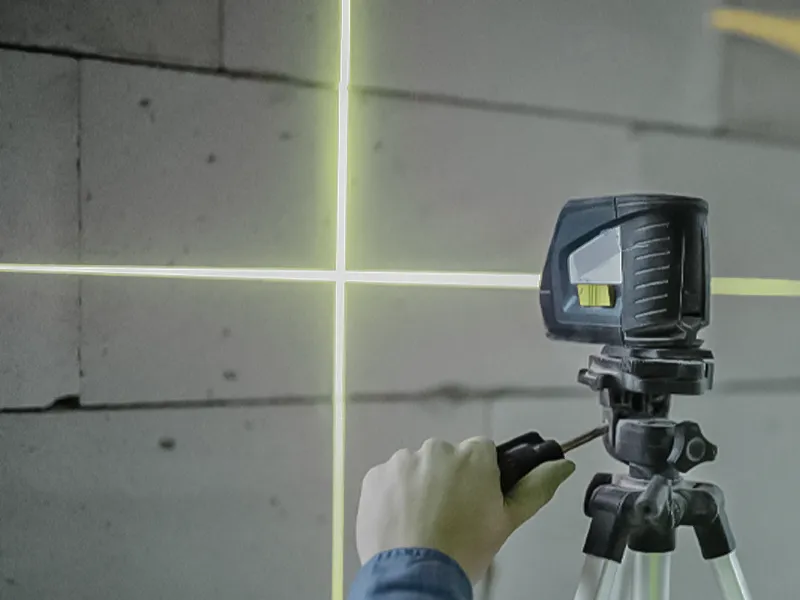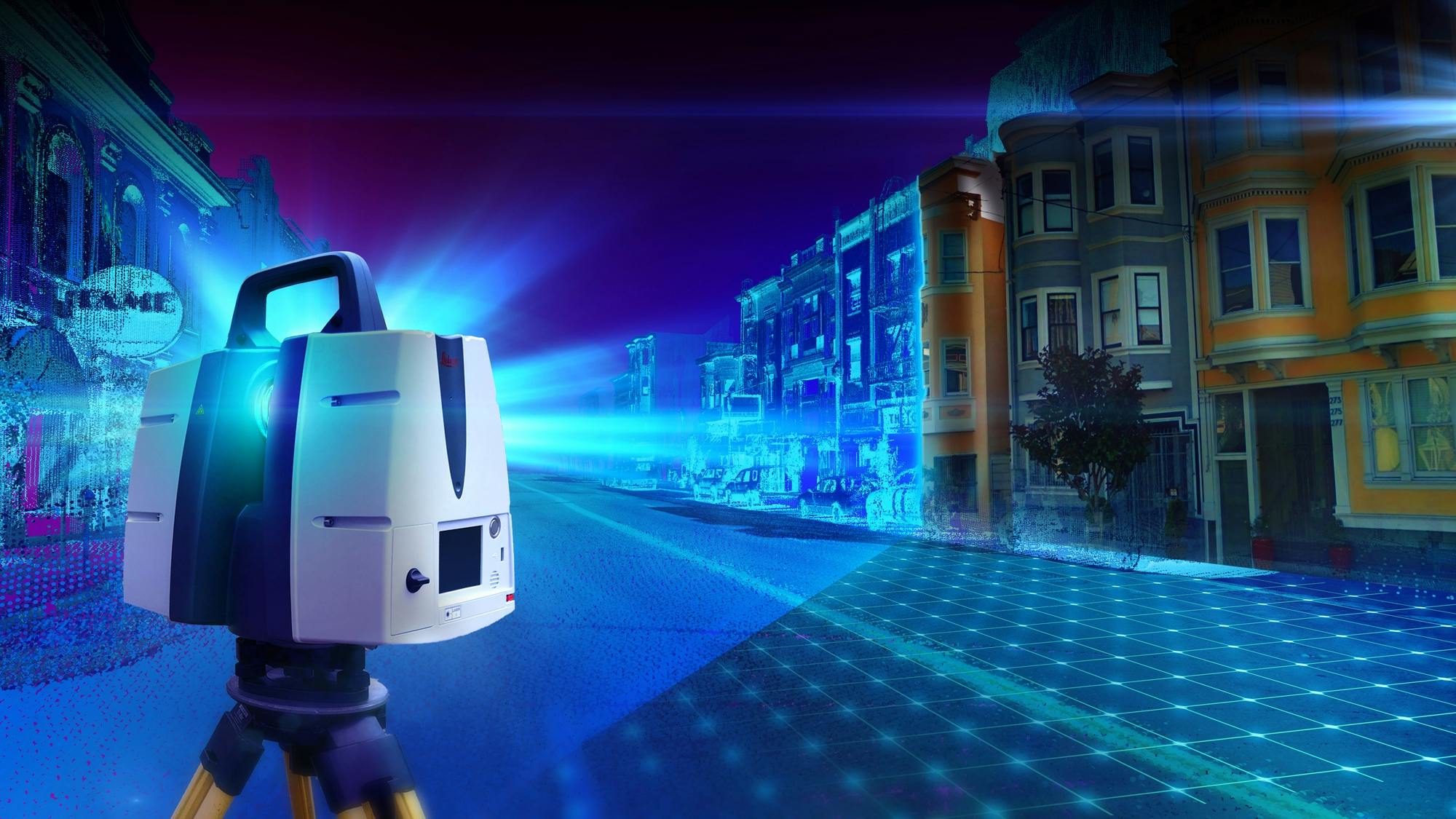Why 3D Scanning Supports With Accurate Measurements
Exploring the Applications of 3D Laser Scanning in Archaeology and Cultural Heritage Preservation
The combination of 3D laser scanning modern technology in archaeology and cultural heritage conservation marks a substantial improvement in just how archaeological sites and artifacts are documented and assessed. This non-invasive technique supplies exact spatial data, revealing detailed details that were previously tough to record. As the applications of this technology remain to develop, various effects for paperwork, preservation, and education emerge, inviting additional exploration into its transformative influence on the area.
Comprehending 3D Laser Scanning Innovation
3D laser scanning modern technology has changed the field of archaeology by offering thorough and accurate spatial data. This advanced modern technology employs laser light beams to capture numerous information points from a things or website, developing an extremely exact three-dimensional representation (3D Scanning). The resulting point clouds can expose complex information of historical sites, structures, and artifacts that could be unnoticeable to the nude eye
Utilizing this innovation, archaeologists can document the specific dimensions, shapes, and placements of objects with unmatched accuracy. This approach reduces the danger of human mistake and eliminates the demand for substantial manual dimensions. Moreover, the data gathered can be analyzed and shared conveniently, promoting collaboration among scientists. By integrating 3D laser scanning with GIS and various other digital devices, excavators boost their capability to visualize and translate historical contexts, resulting in much deeper insights right into ancient cultures and atmospheres.
Enhancing Archaeological Documentation
3D laser scanning greatly enhances historical documentation through its capacity to develop accurate website maps. This innovation facilitates detailed artefact analysis, supplying understandings that typical techniques might overlook. On top of that, it guarantees the preservation of contextual information, which is important for recognizing the partnerships within archaeological websites.
Accurate Site Mapping
While typical mapping techniques commonly deal with recording the detailed information of archaeological sites, advanced laser scanning modern technology offers an advanced approach to accurate site mapping. This approach makes it possible for excavators to produce highly described and specific three-dimensional representations of websites, showcasing topographical variants and architectural functions with remarkable integrity. The capacity to catch countless data factors in a matter of mins enables thorough paperwork, which can be quickly updated and shared amongst researchers. Furthermore, laser scanning promotes the dimension of complicated geometries that would certainly be hard to analyze making use of standard tools. As a result, this technology improves the precision of site maps, adding significantly to the conservation and understanding of social heritage resources.
In-depth Artefact Evaluation
Laser scanning modern technology substantially boosts the evaluation of historical artifacts, providing researchers with unprecedented information and accuracy. This approach records intricate surface area appearances, dimensions, and includes that typical documents methods might neglect. By creating high-resolution 3D models, scholars can carefully analyze artefacts without the danger of damages fundamental in physical handling. This precision permits for much better comparative research studies, enabling specialists to determine production techniques, stylistic variations, and potential social relevance. The ability to control and imagine data in 3 measurements assists in a much deeper understanding of artefact performance and use. In general, laser scanning fosters a much more comprehensive approach to historical paperwork, making certain that vital info regarding artefacts is protected for future research study and education and learning.
Conservation of Contextual Information
Protecting contextual information is necessary for boosting historical paperwork, as it guarantees that findings are understood within their initial ecological and social structures. 3D laser scanning innovation substantially adds to this conservation effort by capturing detailed spatial relationships amongst artefacts, frameworks, and their atmospheres. By generating precise 3D models, excavators can record the specific places and positionings of items in situ, assisting in a comprehensive understanding of their context. This technology enables scientists to take another look at and assess websites long after excavation, preserving the stability of contextual info. Furthermore, digital documents developed via scanning can be shared around the world, fostering collaborative study and public interaction. Ultimately, maintaining contextual data via 3D laser scanning enhances archaeological stories and promotes an extra profound admiration of cultural heritage.
Conservation of Cultural Heritage Sites
As improvements in innovation remain to progress, the preservation of social heritage sites has actually become significantly reliant on cutting-edge techniques such as 3D laser scanning. This modern technology enables the detailed paperwork of landscapes, structures, and artifacts, recording their accurate dimensions and spatial connections in a non-invasive fashion. By creating high-resolution 3D versions, researchers can evaluate and check deterioration patterns, allowing aggressive conservation methods.
In addition, 3D laser scanning facilitates the sharing of in-depth website information with the global community, advertising cooperation amongst guardians, historians, and archaeologists. These designs work as important resources for education and public interaction, increasing understanding of social heritage problems. The electronic documents produced can secure against loss due to environmental elements, vandalism, or overlook. In general, 3D laser scanning represents a transformative method to the preservation of cultural heritage, making sure that these websites can be examined and appreciated by future generations.

Remediation and Reconstruction Initiatives
The in-depth paperwork attained through 3D laser scanning plays a substantial function in reconstruction and restoration initiatives within archaeology. This innovation provides specific measurements and high-resolution images, enabling precise electronic models of artefacts and frameworks. These models offer as necessary references throughout restoration processes, making it possible for excavators to make and envision the initial design notified choices concerning methods and materials required for fixing.
3D laser scanning helps with the restoration of damaged or lost aspects by producing in-depth reproductions. This procedure help in making certain that repairs keep historic integrity while also permitting ingenious techniques to bring back websites. The capacity to assess wear patterns and architectural weak points via checked data improves understanding of a website's historic context and its usage in time. As a result, 3D laser scanning not only preserves the physical facets of social heritage however likewise enriches the narrative of background, assisting future repair ventures.
Educational and Research Study Opportunities
The integration of 3D laser scanning in archaeology opens considerable academic and study opportunities. Academic cooperations can improve the understanding of ancient websites, while specialized training workshops furnish professionals with important abilities for using this technology. With each other, these efforts cultivate a richer interaction with archaeological techniques and methods.
Academic Collaborations in Archaeology
Collaborative initiatives in archaeology have come to be progressively important for progressing both academic and research possibilities. By fostering collaborations among colleges, research organizations, and social heritage organizations, these cooperations help with the exchange of expertise and resources, boosting the quality of historical researches. Joint jobs typically leverage diverse expertise, permitting detailed analyses and ingenious methods, particularly in the application of innovations like 3D laser scanning. Such partnerships additionally promote interdisciplinary methods, involving fields such as location, background, and preservation scientific research. Additionally, scholastic collaborations often bring about the advancement of new educational programs and have a peek at these guys training programs, preparing the next generation of excavators to effectively use advanced modern technologies in their job. Eventually, these alliances add to the conservation and understanding of social heritage.
Educating Workshops for Specialists
Training workshops for specialists in archaeology are progressively essential for boosting abilities in the application of sophisticated innovations such as 3D laser scanning. These workshops offer individuals with hands-on experience in making use of sophisticated devices and software, promoting a deeper understanding of information capture and analysis procedures. Specialists can discover to create exact electronic designs of historical sites, which significantly aid in documentation and conservation efforts. Additionally, these training sessions usually consist of discussions on ideal practices and instance research studies, promoting knowledge exchange amongst participants. By buying continual education and learning, professionals can remain updated on evolving innovations, ultimately enhancing the efficiency of their research and social heritage preservation initiatives. This dedication to skill improvement is vital for advancing the area of archaeology.
Future Patterns in 3D Laser Scanning for Archaeology
As advancements in technology remain to reshape various areas, the future of 3D laser scanning in archaeology guarantees to enhance both the precision and performance of site documents and evaluation. Arising trends indicate a growing integration of expert system and device learning, facilitating automated information handling and interpretation. This development will certainly permit archaeologists to evaluate complicated datasets faster, causing faster understandings into historic check my reference contexts.
In addition, the combination of drone technology with 3D laser scanning is most likely to increase, making it possible for thorough airborne studies of historical websites that are difficult to accessibility. The increasing affordability of scanning tools will democratize access, empowering smaller organizations and independent scientists to utilize these tools properly. In addition, developments in digital reality and augmented reality will allow immersive experiences for public engagement and education and learning, making historical searchings for much more obtainable and interactive. These patterns collectively signify a transformative future for archaeology, improving preservation efforts and broadening the self-control's outreach.
Regularly Asked Concerns
Just How Much Does 3D Laser Scanning Tools Expense?

What Are the Limitations of 3D Laser Scanning?
The limitations of 3D laser scanning include high costs, possible information processing challenges, sensitivity to ecological problems, and problem recording detailed information in intricate surfaces, which can influence the precision and efficiency of scanned representations. (3D Scanning)

Can 3D Laser Scanning Be Utilized Undersea?
Yes, 3D laser scanning can be used underwater, but it calls for specific tools and techniques to get over challenges such as water distortion and restricted visibility. Effective applications have go to this site actually been demonstrated in aquatic archaeology and undersea studies.
How much time Does a Scanning Job Typically Take?
A scanning project typically takes anywhere from a few days to several weeks, depending upon the intricacy and size of the location being scanned, along with the preparation and post-processing needs associated with the job.
Are There Particular Software Requirements for Processing 3D Checks?
Yes, certain software application requirements for refining 3D scans include programs capable of dealing with large factor clouds, such as Autodesk ReCap, Cyclone, or MeshLab. These devices facilitate analysis, visualization, and combination right into various applications successfully.
The assimilation of 3D laser scanning modern technology in archaeology and cultural heritage preservation notes a significant improvement in exactly how historic sites and artifacts are documented and analyzed. 3D laser scanning technology has reinvented the area of archaeology by giving detailed and precise spatial information. As improvements in innovation proceed to progress, the conservation of cultural heritage sites has ended up being significantly reliant on innovative techniques such as 3D laser scanning. As innovations in modern technology continue to reshape different fields, the future of 3D laser scanning in archaeology promises to improve both the precision and efficiency of site paperwork and evaluation. The combination of drone modern technology with 3D laser scanning is likely to increase, making it possible for comprehensive airborne surveys of historical websites that are tough to gain access to.